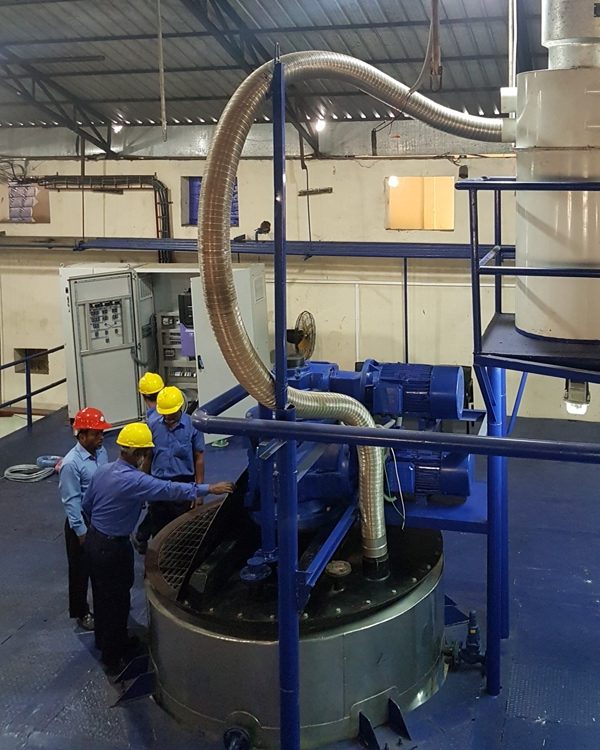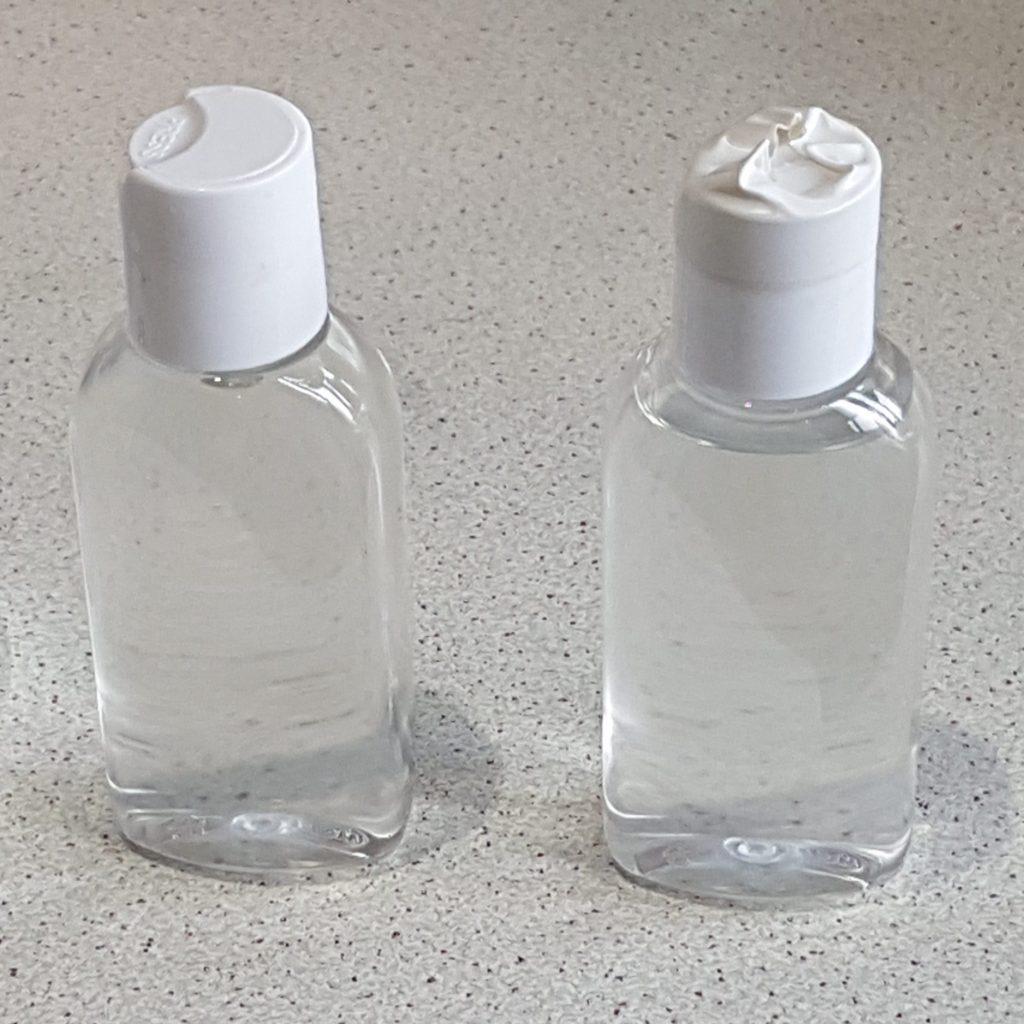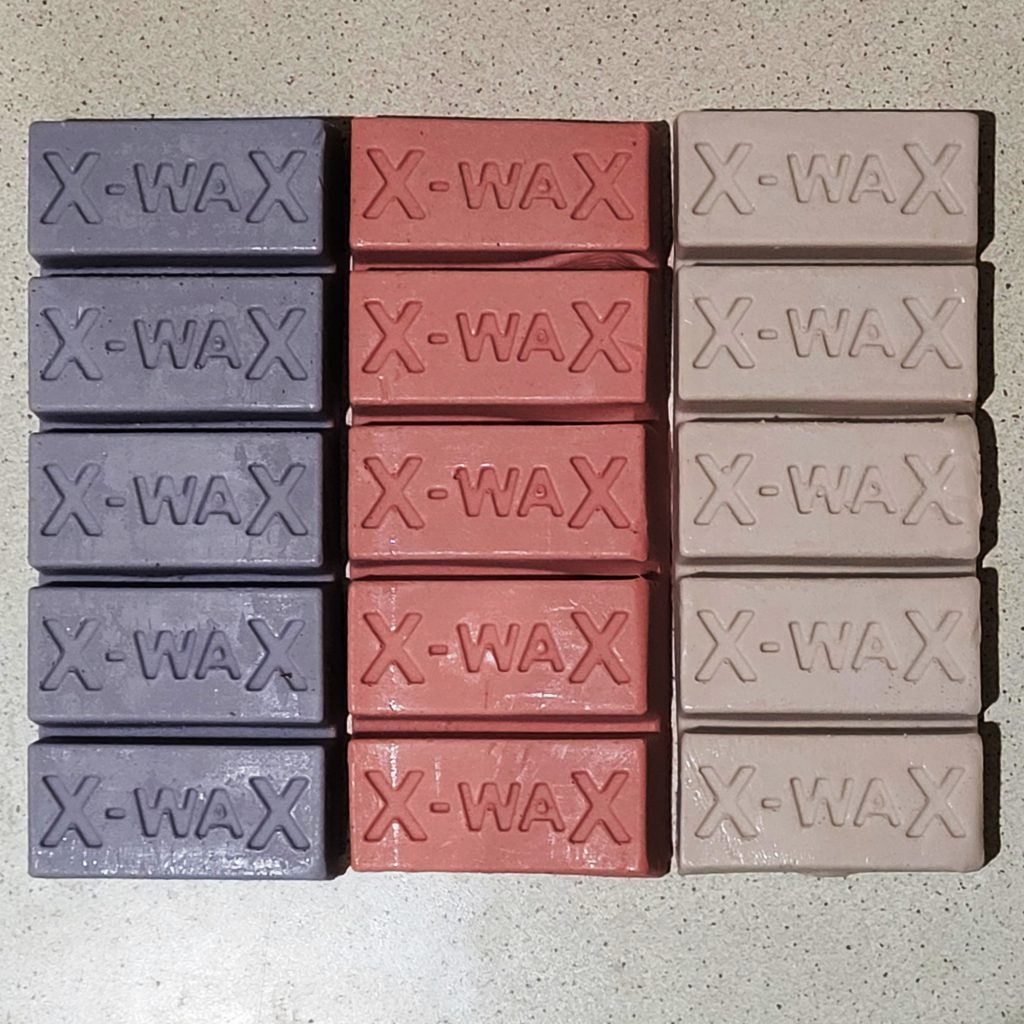Batch Process Manufacture
Our greatest experience lies in processes where the material undergoes significant changes in consistency during manufacture.
Continuous processing isn’t always the best approach — particularly when multiple grades or variations are required, or when start-up and shutdown create waste. In these cases, batch manufacture offers a more controlled and efficient solution.
Batch production typically centres around one or more process vessels used to heat, mix, and/or cool the product. The examples below illustrate how this principle works in practice.
Grease Manufacturing
Grease is a gel-like lubricant used in mechanical systems where oil would normally leak away. It’s produced by thickening oil with soap, complex agents, silica or bentonite clay.
Our process vessels are jacketed and designed for efficient heat transfer and even mixing. Low-speed agitation with scrapers prevents hard deposits from forming on internal walls, while medium-speed counter-rotation promotes vertical flow for consistent blending.
Smaller-scale plants typically use a single unpressurised vessel, while larger installations use two in sequence. The first, an autoclave, can be pressurised to raise the reaction temperature and reduce processing time. The second, a finishing kettle, is usually unpressurised, although some systems use a vacuum-rated vessel to enable de-aeration during processing instead of through an in-line unit.
The largest plants often manufacture lithium grease, one of the world’s most widely used grease types. It offers a temperature range of up to 200°C, predictable mechanical performance and good water resistance — making it a reliable, cost-effective, all-round performer.
Lithium grease is produced by heating a mixture of lubricating oil, lithium hydroxide and organic acid to around 200°C. This forms lithium stearate, which is dissolved into the oil before being diluted with additional oil to achieve the correct consistency. The grease is then cooled, treated with additives, milled, filtered (if required) and de-aerated.
Other types of grease may outperform lithium grease in specific characteristics, but they are typically more expensive and have narrower applications. As a result, they are mainly used in specialist environments.


Gelled Alcohol Manufacture
We have supported the development of gelled alcohol fuels and hand sanitisers. Both of which use similar formulations and production methods. These products are made by gelling alcohol with a thickener such as methyl cellulose in a two-stage process: high-shear dispersion followed by blending, during which pH is carefully monitored and adjusted.
Additional ingredients such as moisturisers, essential oils and fragrances can be incorporated during blending. Once complete, the product’s viscosity is checked before packaging by weight or volume.
The production system typically includes two stainless steel vessels: a smaller high-shear mixer to prepare the thickener, and a larger blending vessel to combine it with alcohol and other ingredients. Heating is not required for this process.
Wax Product Manufacturing
We have extensive experience producing wax-based materials, including wax polishes and modelling waxes. Though used for entirely different applications, they share similar production principles.
Wax mixing is simpler than grease manufacture because, once heated above its congealing point, the material becomes an easily handled liquid. This removes the need for scraped agitation. However, once cooled below the congealing point, the wax solidifies, requiring all pipework to be trace-heated to maintain flow.
Wax polish production also involves volatile liquids such as white spirit, so equipment must be ATEX-rated to minimise fire risk. Modelling wax, on the other hand, requires careful blending of powders, similar to grease mixing techniques.
Both processes share a common challenge: cooling during packaging. Wax polish is cooled in its tin after decanting, while modelling wax is poured into rubber moulds and cooled to form solid bars for supply.


Brake Fluid Blending
DOT 3 and DOT 4 brake fluids are hygroscopic, meaning they absorb moisture. Even small amounts of water can significantly lower the boiling point, creating potential safety risks.
To prevent this, blending and packaging are carried out under a dry nitrogen blanket. We have achieved this in two ways: by generating nitrogen on-site using a molecular sieve, and by passing nitrogen through a silica gel dryer to ensure moisture-free protection during production.
